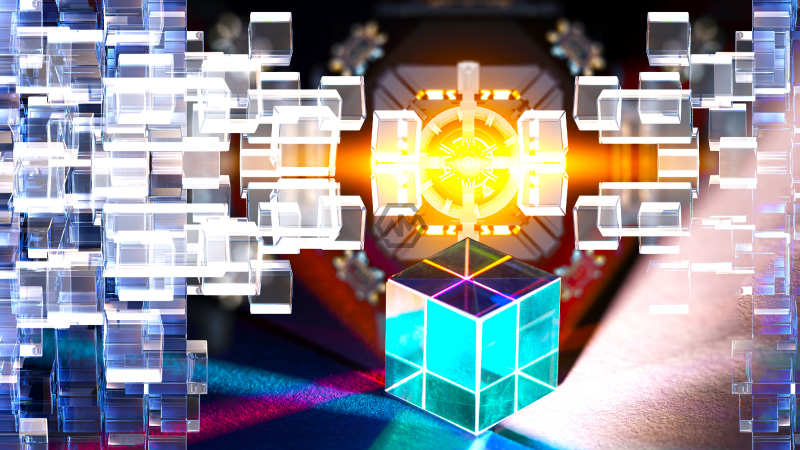- Quantum computers can break current blockchain cryptography.
- Blockchain networks must adopt quantum-resistant measures.
- Experts suggest a 10-20 year timeframe for addressing quantum threats.
Quantum computing’s rapid advancement poses a significant threat to the cryptographic systems securing blockchain technologies. Unlike traditional computers that use bits, quantum computers utilize qubits, enabling them to perform multiple calculations simultaneously.
To counter these threats, the blockchain sector must develop and implement quantum-resistant cryptographic measures. Experts, including Lisa Loud from the Secret Network Foundation, emphasize the need for end-to-end frameworks that can be applied to existing blockchains.
Preparing Blockchain for the Quantum Computing Era
As quantum computing progresses, it becomes increasingly important for the blockchain industry to innovate and adapt. Current cryptographic systems, such as RSA and Elliptic-Curve Cryptography (ECC), are at risk of being broken by quantum computers due to their ability to process multiple combinations simultaneously. This vulnerability could expose blockchain networks, including those used for cryptocurrencies and decentralized applications, to unprecedented attacks.
Experts warn that migrating to post-quantum cryptography will be challenging, especially for widely distributed networks like Bitcoin and Ethereum. These blockchains rely heavily on their existing cryptographic structures, making the transition to quantum-resistant methods complex and potentially disruptive. Newer blockchains, such as Cosmos and Secret Network, are better positioned to integrate quantum-resistant encryption due to their advanced design and flexibility.
The blockchain industry has an estimated 10-20 years to prepare for the advent of quantum computers capable of breaking current cryptographic systems. This timeframe provides a critical window for developing and implementing quantum-resistant measures to safeguard blockchain security. Proactive efforts in this area are essential to ensure the continued reliability and trustworthiness of blockchain technologies in the post-quantum era.
In addition to updating cryptographic methods, the blockchain sector must also consider the broader implications of quantum computing. Quantum computers might centralize mining power by significantly speeding up block mining processes, posing another threat to the decentralized nature of blockchain networks. Addressing these challenges requires a comprehensive approach that includes not only technological innovation but also strategic planning and governance.
In conclusion, as quantum computing advances, the blockchain industry must proactively develop and implement quantum-resistant cryptographic measures to safeguard against future threats. Preparing for this transition is crucial to maintaining the security and integrity of blockchain networks in the coming decades.
“Blockchain cryptography must evolve to counter quantum threats.” – Lisa Loud, Executive Director of the Secret Network Foundation



